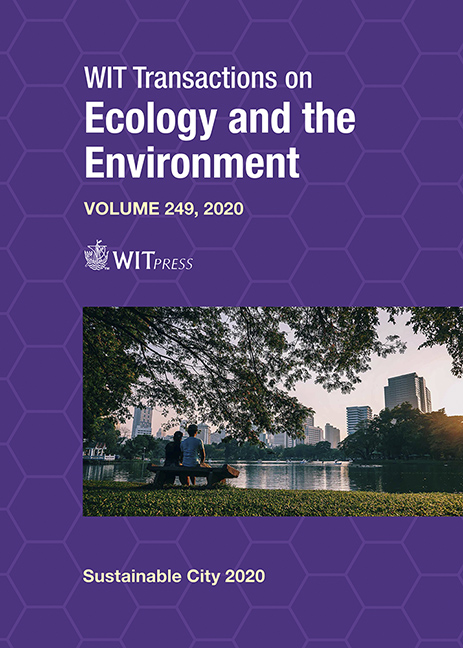REVISITING THE URBAN DEFINITION FOR THE ISLAND OF MAURITIUS
Price
Free (open access)
Transaction
Volume
249
Pages
10
Page Range
11 - 20
Published
2020
Paper DOI
10.2495/SC200021
Copyright
WIT Press
Author(s)
BIBI NAJIAH KAUDEER, SANTARAM VENKANNAH
Abstract
Mauritius is a small island located in the south west of the Indian Ocean, about 900 km from the island of Madagascar. The island of Mauritius, being of volcanic origin, remained uninhabited until the 16th century and became colonised by the French and afterwards by the British. In 1968, the country gained its independence and had a population of about 600,000 inhabitants. Around 50 years later, the population size has doubled, however, despite a growing population Mauritius has seen a negative urban growth. Being limited in size and with an increasing population, a negative urban growth of the island seems to be inconsistent. Therefore, revisiting the urban definition used in Mauritius was important to counteract the threats posed by unsustainable urbanisation. The research took into account the population statistics of different areas of the island. It was observed that population size, density and quality of life is growing outside the limits of legally defined urban areas which means that rural areas are urbanising in Mauritius. Three villages were identified to be urban, namely Triolet, Goodlands and Saint Pierre. An additional four villages, namely Moka, New Grove, Mahebourg and Le Hochet were found to be at the fringe of urbanisation. Acknowledging the urbanisation of these areas is primordial for sustainable urbanisation as it allows for decentralisation of such areas, whereby, they can have their own administration and budget to tackle environmental and social issues.
Keywords
Mauritius, urbanisation





